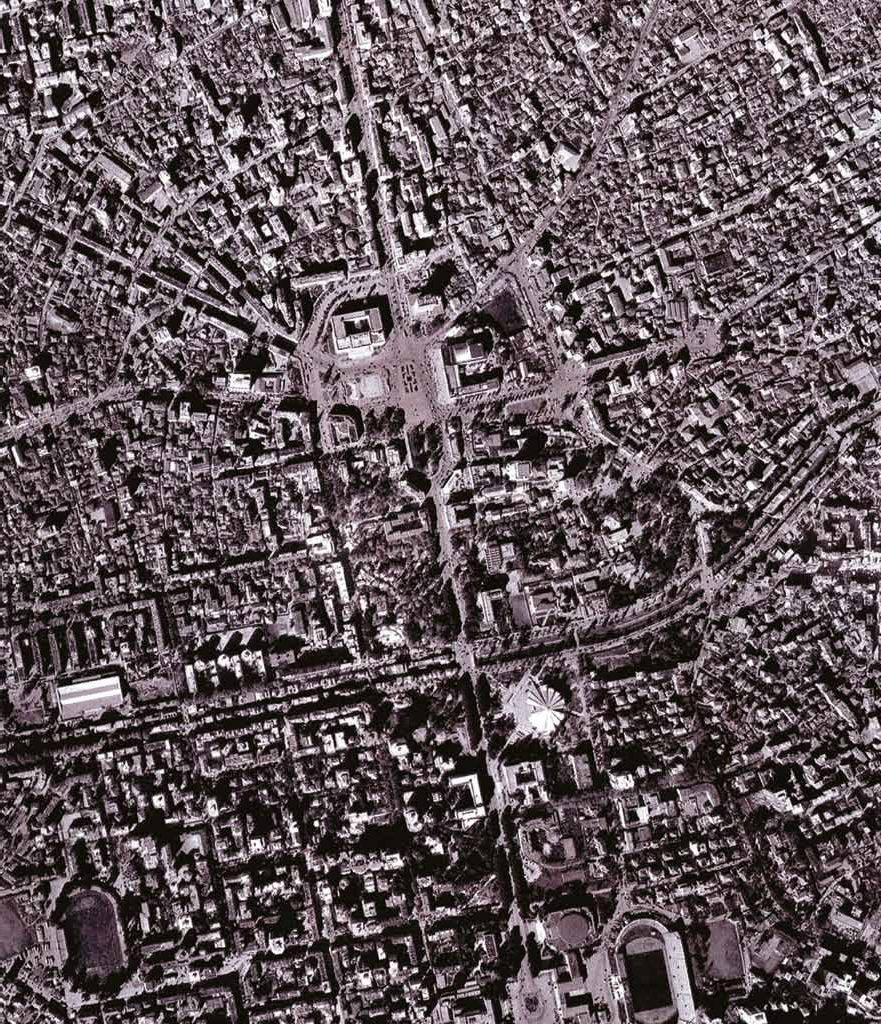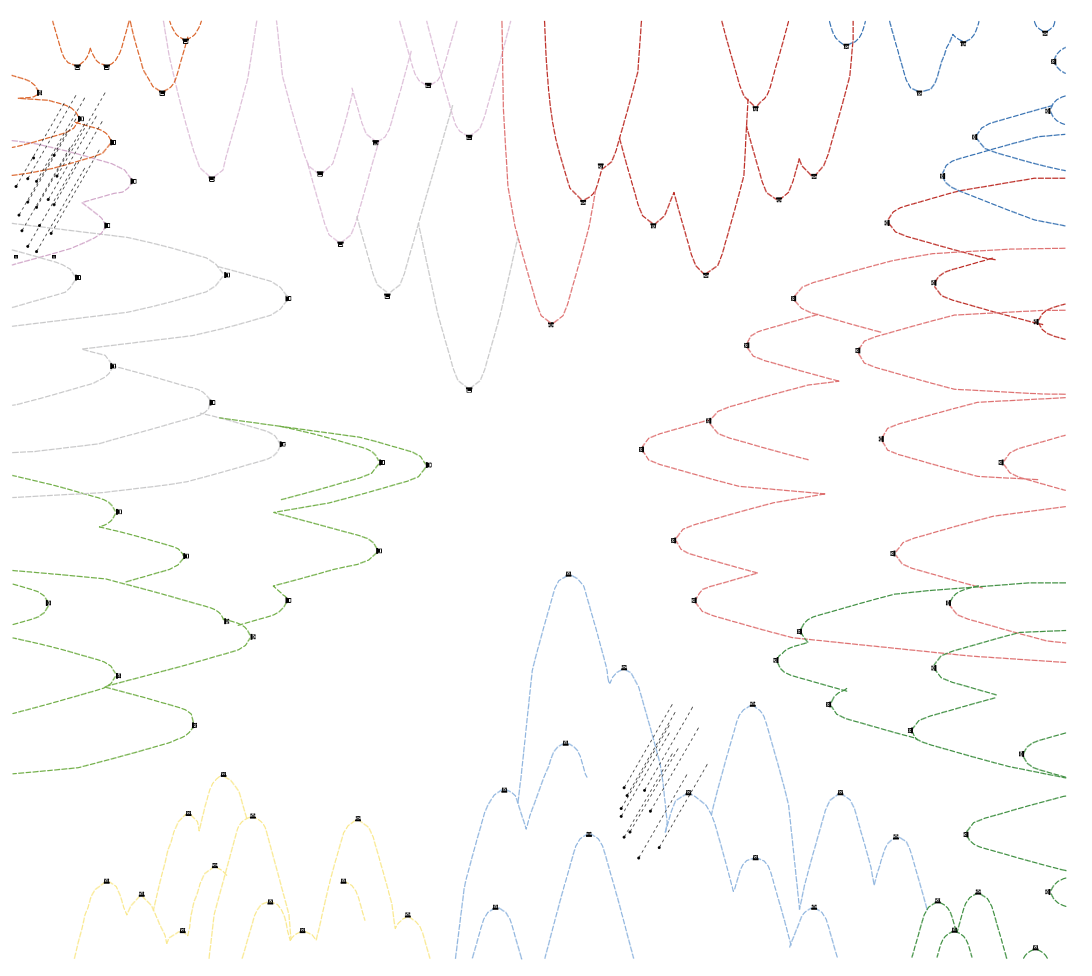Skanderbeg Square













Skanderbeg Square, Tirana’s symbolic nerve center, reflects unapologetically Albania’s complex and convulsive history. The original longitudinal square was the result of a 1939 regeneration plan, when Albania was occupied by fascist Italy. The subsequent communist era produced a series of juxtaposed cultural containers, like the National History Museum and the Palace of Culture. In addition, the end of communism had spurred an uncurbed enthusiasm for imported cars, turning the square into the country’s biggest roundabout. Monuments like the eighteenth-century Et’hem Bey Mosque, the slender clock tower and the equestrian Skanderbeg statue became atoms lost in space. The 2017 restructuring addressed three major ambitions: creating a human-centered pedestrian area, critically highlighting the country’s eclectic genesis and introducing anew an important natural ecology. The 40.000m² square acts as a much-needed clearing in the otherwise cluttered center of the city. The green belt surrounding the square produces an antechamber environment of twelve different gardens offering shading, movable furniture and bar pavilions. The trees and plants were sourced all over the country. The same strategy was applied for the stone paving, re-activating Albania’s abandoned quarries. The square’s gentle slope results in a low pitched-pyramid, subtly unnerving a potential horror vacui. The four slopes, equipped with a nozzle network, allow for a fascinating dazzle of dry and wet patches, on and off reflecting disparate context fragments. Skanderbeg square’s wide range of uses, from morning prayers to evening concerts, echoes a city that is constantly in the making.